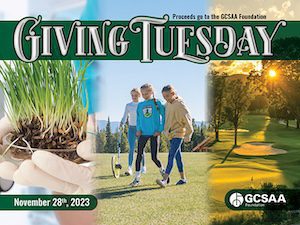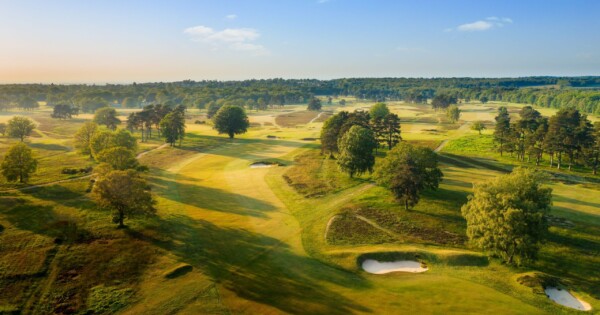Many Still Feeling the Effects of Winter
From a weed management perspective, things in the transition zone are moving along normally as the calendar is about to move from May to June. Crabgrass plants are beginning to tiller, goosegrass has emerged on more southern courses and is beginning to establish on those located at more northern latitudes, and sedge and kyllinga species are growing more vigorously as temperatures warm.
That being said, the number one topic on most golf course superintendents’ minds is still bermudagrass recovery from winter damage.

Figure 1. Many bermudagrass golf courses in Tennessee still have areas slow to green-up this spring. Photo credit: J. Brosnan, UT.
Environmental conditions have by no means been ideal for bermudagrass growth this spring. Exploring data from Knoxville, it is clear that few days have offered air temperatures greater than 80°F and nighttime temperatures have measured consistently below 60°F until very recently.

Figure 2. Maximum and minimum air temperature data for Knoxville, TN during April-May 2015. All data collected from the National Oceanic and Atmospheric Administration (NOAA) weather station at McGhee-Tyson Airport in Knoxville, TN.
Data from Nashville and Memphis show similar trends. This has resulted in nearly all courses having fairway, tee, and rough areas devoid of green tissue to varying degrees; an abnormal phenomenon for late May/early June in our region. As expected, damage tends to be worse in areas subjected to shade and traffic.


